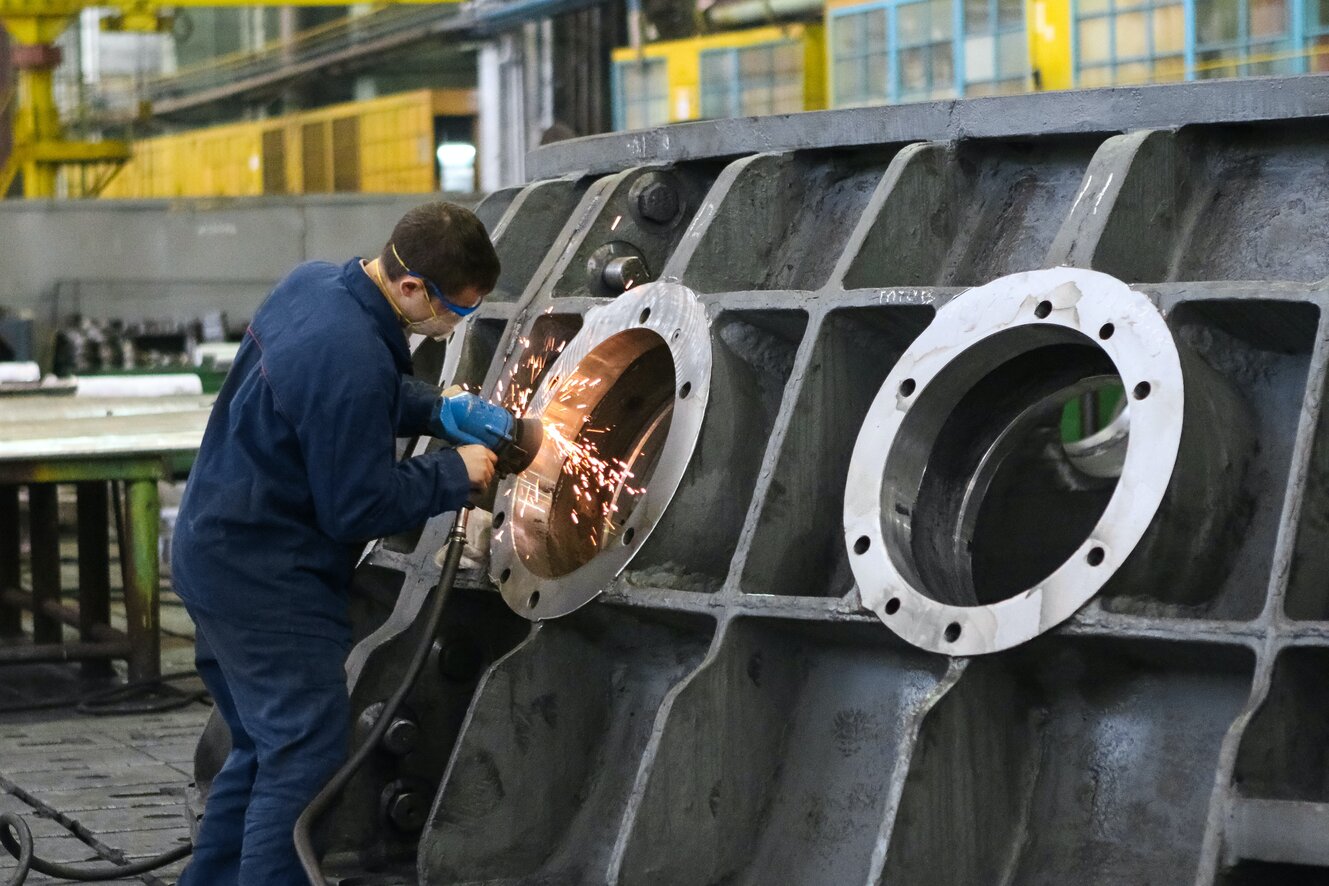
Machine tools are relatively new.
The machine tools in use today are the products of the commercial Revolution, which started a bit over 200 years ago.
Prior to the commercial Revolution, the assorted items that individuals wore or used were made by hand tools that for many years had changed little in their basic design.
It was not until machine tools replaced hand tools that the lifetime of abundance we’ve come to grasp and revel in began to evolve.
Machine power was substituted for muscle power to chop, shape, and form metal products.
Drilling, turning, milling, planing, grinding, and metal forming, the essential machine processes in use today, evolved from hand tools. Prior to war 11, machine tools played a really important part in making the u. s. the foremost highly industrialized nation on the face of the world.
Along with this came one in every of the best standards of living within the world. During war 11, the country’s machine population quite doubled to fulfill the war production demands.
Read Also – Vehicle agenda of 2021 shifting towards Electric Vehicles
In the 1950s, the planning of machine tools began to vary drastically. These changes were primarily the results of the event of numerically controlled machine tools and therefore the advancements made within the area of electronics.
In the short time since then, a age has taken place within the design and development of machine tools.
Advances in design and development are so great that they need surpassed all previous advancements.
The development of this new technology didn’t occur unintentionally. This new technology is that the direct results of an unprecedented upsurge in spending by the machine industry for research and development. The rate of technological change is accelerating more and earlier once a year.
The generation of a brand new machine is considerably shorter than it once was because the speed with which new products are constantly being developed has rapidly increased. Once machine tools were simple and uncomplicated.
This is not true.
Machine tools have become more and more complex as more features are being built into their design and performance.
Today, there are unlimited varieties and combinations of machine tools. Some of these machine tools are sufficiently small to be mounted on a table. Some machine tools are so large that they require special buildings to deal with them.
Their cost can range from some hundred dollars to many thousands of dollars.
Some machine tools, like presses, weigh several hundred tons.
When a number of the machine tools are installed, their foundations must be extended into the bottom to a depth of over 100 feet. They can even be several stories tall. Some machine tools are incorporated into production lines many feet long.
Whether machine tools are small or large, inexpensive or extremely expensive, they are going to be grouped into six major classifications. These major classifications are based upon the operations performed by the machines to shape metal.
In addition to the essential metal-shaping operations, newer metal shaping operations are developed during the past 20 years that employ the varied characteristics of chemicals, electricity, magnetism, liquids, explosives, light, and sound.
Whether a machine is easy or complex, it performs one or more of those operations.
Variations of the six basic operations are employed to fulfill special situations.
For example, there are machine tools that combine two or more operations, as in a very boring, drilling, and milling machine; a stamping, punching, and shearing press; or a mixture milling and plane.
TURNING
Turning is finished on a lathe.
The lathe, because the turning machine is usually called, is that the father of all machine tools.
The principle of turning has been known since the dawn of civilization, probably originating because the wheel.
In the turning operation, the piece of metal to be machined is rotated and also the cutter is advanced against it.
MILLING
Milling consists of machining a chunk of metal by bringing it into contact with a rotating cutting implement with multiple cutting edges.
A narrow milling cutter resembles a saw blade familiar to the majority.
Other milling cutters may have spiral edges, which give the cutter the looks of an enormous screw.
PLANING
Planing or shaping metal with a machine may be a process somewhat like planing wood with a carpenter’s hand plane.
The essential difference lies within the large size of the machine and also the undeniable fact that it’s not portable.
The cutlery remains in an exceedingly fixed position, while the work is moved back and forth beneath it.
On a shaper the method is reversed.
The workpiece is held stationary, while the cutlery travels back and forth.
GRINDING
Grinding consists of shaping a chunk of labor by bringing it into contact with a revolving abrasive wheel.
The process is commonly used for the ultimate finishing to shut dimensions of part that has been heat-treated to form it very hard.
In recent years, grinding has found increasing applications in heavy-duty metal removal, replacing machines with cutting tools.
This process is stated as abrasive machining.

Your go-to source for the latest in tech, finance, health, and entertainment, with a knack for distilling complex topics into accessible insights, We deliver timely updates on the ever-evolving landscapes of technology, finance, health, and entertainment







